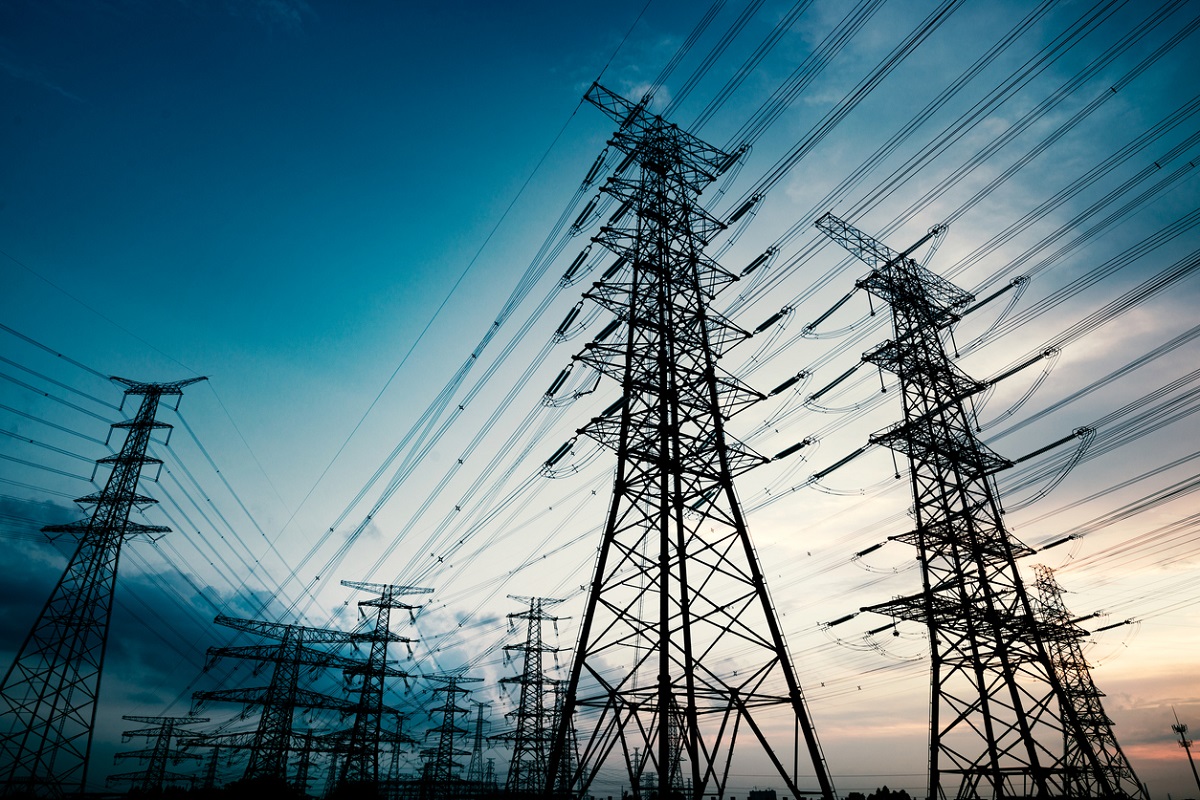At last, India has got big success in green energy generation from the waves of the sea. The consolidated sea trial ended with great success on 15 November in the Bay of Bengal, near Tuticorin port of Tamil Nadu. A team of people from different engineering branches was involved with this project.
Interestingly, it includes many scientists, who have their roots in Bengal. Project Sindhuja-I was led by professor Abdus Samad of the ocean engineering department of IIT-Madras, and an ex-student of Aligarh Muslim University. Samad is from Birbhum district. Electricity was successfully generated by a 48-hour trial run of the project “Sindhuja 1” led by IIT-Madras and funded by Australia and India.
Advertisement
There are other well-established green technologies like solar, tidal, hydro, wind, and conventional thermal power generation.
Yet, before this, our country did not achieve significant progress in harvesting electricity from sea waves.
Though several attempts were taken in the Arabian Sea by a different research team from where different lessons were learned, but complete success was not achieved. Complete, consolidated, and outcome-based success has been achieved this time.
The fluid mechanism was mentored by another son of Birbhum, professor Abhijit Chaudhuri, who is a faculty of IIT-Madras and an ex-student of IIEST Shibpur. Electronics, electric power generation and power quality process were handled by a son from Hooghly district, Dr Surajit Chattopadhyay, who is a faculty of Ghani Khan Choudhury Institute of Engineering and Technology and an ex-student of the University of Calcutta.
Sea fluid behavior was analyzed by Dr Akshoy Ranjan Paul, from Burdwan, who is a faculty of MNNIT Allahabad and alumnus of SVNIT Surat. Battery management was looked after by a son of Murshidabad district Mr Sohorab Hossain, from MCKV Institute of Engineering.
Also, many other researchers like Mr. Suman Kumar, Mr. Prashant Kumar, Mr. Devesh Singh, Kalyan Chakravarthi, Saket Kapse of IIT-Madras and MNNIT Allahabad, along with many skilled and semi-skilled men were involved behind this great success.
The Sindhuja structure is approximately 11-meter high, of which about 9 meters were under sea surface. Testing was done at a distance of 5- 8 km from the shore near Tuticorin (city of coral and pearl) International port.
The full structure is made in India. The electricity produced from sea waves is completely pollution and carbon free. Just to compare, electricity from solar energy can be produced by sunlight for 7-8 hours. But the wave is available 24 hours. Also, India is surrounded by sea on three sides.
Thus, all scientists present in the test expect that wave-based electricity will be a good partner of solar energy leading us to sustainable growth in India. Prof. Abdus Samad said, “Our vision is to make India sustainable by tapping the marine energy and net zero carbon emission to mitigate climate impact.” Dr Surajit Chattopadhyay opined that we should not compromise with pollution and safety keeping the quality of electric signals as high as possible.









